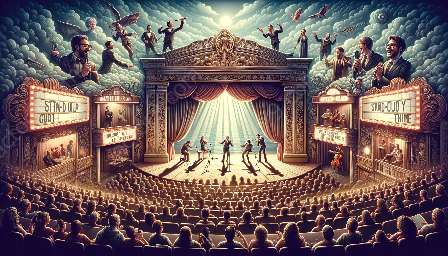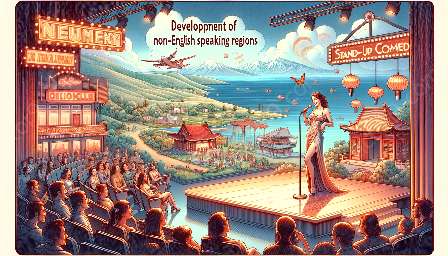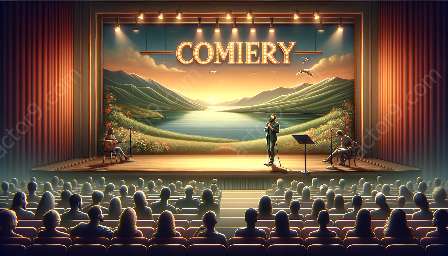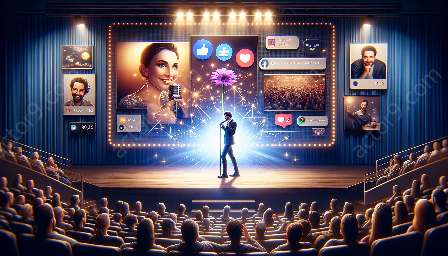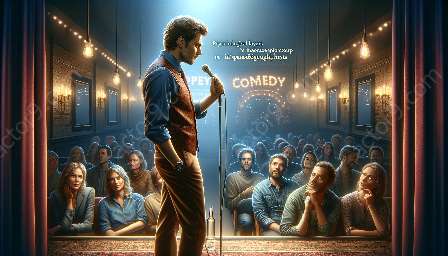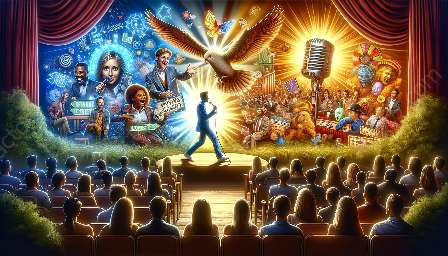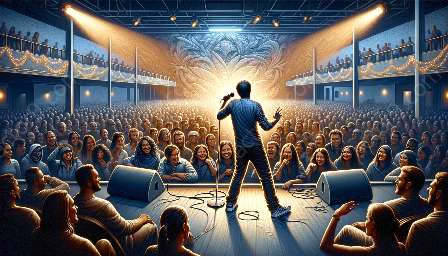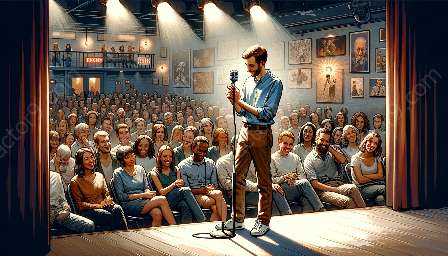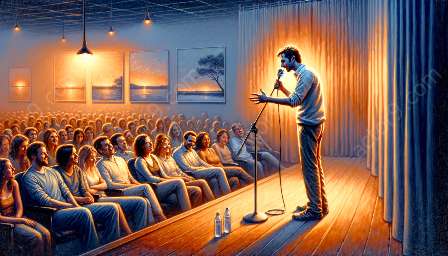Introduction: Stand-up comedy is a popular form of entertainment that has evolved in various mediums, including television and film. While both mediums showcase the talents of comedians, there are distinct differences in the presentation, delivery, and audience interaction.
Stand-Up Comedy in Television:
Stand-up comedy in television has a long history, dating back to the early days of TV. It has been a platform for comedians to showcase their skills and connect with a wide audience. The format of televised stand-up comedy typically involves a solo performance in front of a live audience, often in a studio setting or on a stand-up comedy special.
One of the key differences in stand-up comedy on television is the presence of a live audience. The audience's reaction and laughter play a crucial role in the overall experience, shaping the rhythm and timing of the comedian's performance. Television also allows for close-up shots and editing, enabling comedians to deliver their material with visual aids and comedic timing.
Tone and Timing:
The tone of stand-up comedy in television can vary depending on the show's format. Late-night talk shows often feature short stand-up sets, requiring comedians to deliver punchy, quick-witted humor that resonates with a diverse audience. On the other hand, stand-up comedy specials allow comedians to delve into longer, more personal routines, showcasing their storytelling abilities and establishing a deeper connection with viewers.
Audience Interaction:
Television stand-up comedy also involves interactions with the live audience, with comedians often engaging in banter or improvisation based on audience reactions. This adds an element of spontaneity and unpredictability to the performance, creating a unique experience for both the audience at home and in the studio.
Stand-Up Comedy in Film:
Stand-up comedy in film has gained prominence in recent years, with comedy specials and documentaries becoming popular on streaming platforms. Unlike television, stand-up comedy in film often involves a more cinematic approach, with comedians performing in larger venues or theaters without a live studio audience.
Tone and Delivery Styles:
Filmed stand-up comedy allows for different storytelling and delivery styles, as comedians have the freedom to use visuals, props, and location changes to enhance their performance. This opens up new avenues for creativity, enabling comedians to craft multi-layered routines that blend humor with visual storytelling and physicality.
The absence of a live audience in stand-up comedy films also impacts the timing and pacing of the performance. Comedians have more control over the rhythm of their set, allowing them to experiment with pauses, build-ups, and visual gags that may not be possible in a live setting.
Engaging a Wider Audience:
Stand-up comedy in film reaches a broader audience through streaming platforms and on-demand services, providing access to a global viewership. This allows comedians to connect with diverse audiences and transcend geographical boundaries, making their comedic content more accessible and inclusive.
Conclusion:
While stand-up comedy in television and film share the common goal of entertaining audiences and showcasing comedic talent, they differ in terms of audience interaction, delivery styles, and reach. Both mediums offer unique opportunities for comedians to express their creativity, connect with viewers, and leave a lasting impact through laughter.


